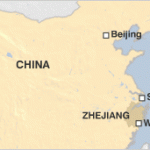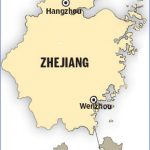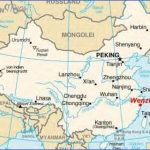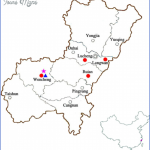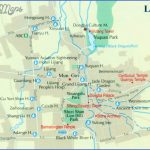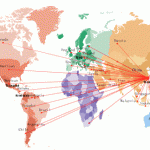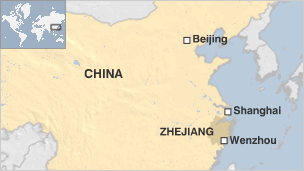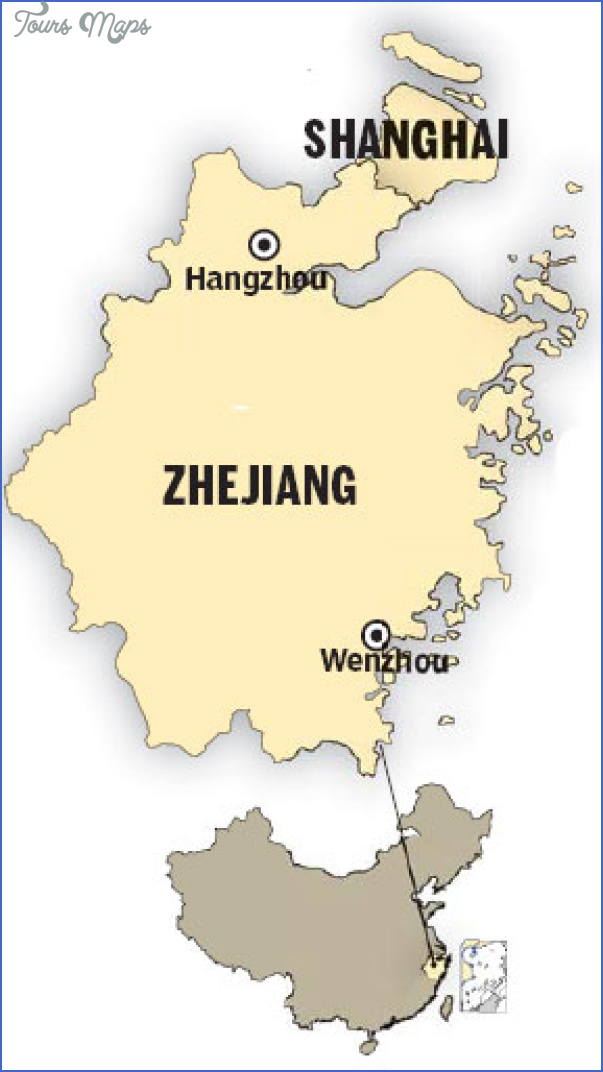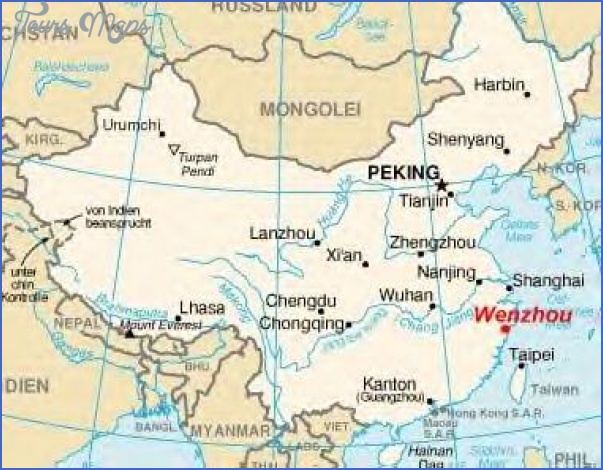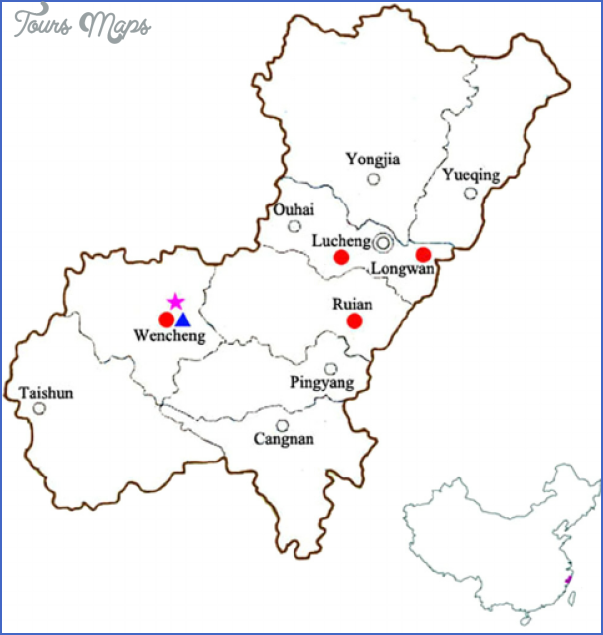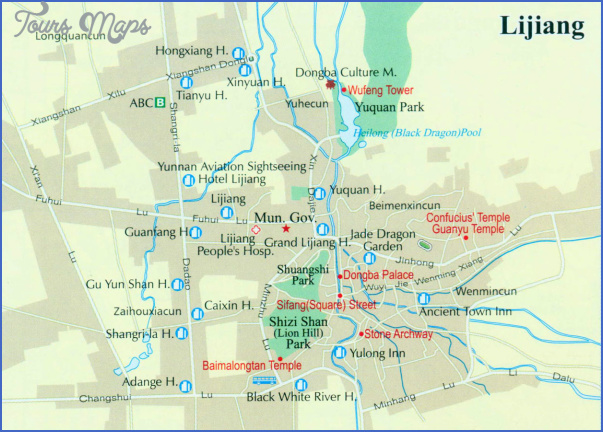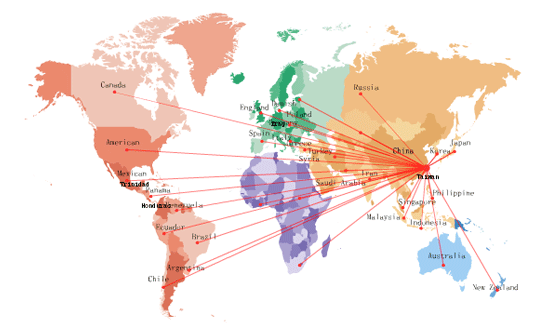Province: Zhejiang. Area: 25sq.km/10sq. miles Population: 970,000 (conurbation 6,100,000)
Wenzhou is situated in the south-east of Zhejiang province, on the Quijiang river, at 120°38’E and 28°01’N. An important sea and inland port, the city is linked by passenger ship with Shanghai and Ningbo and by bus with Hangzhou, the provincial capital. Wenzhou airport was opened in 1990 and there are now flights to many Chinese towns and cities, including Beijing, Shanghai, Xiamen, Hangzhou, Ningbo, Canton, Chengdu, Wuhan and Nanjing. Situation and Communications
The date when Wenzhou was founded is not known. According to tradition, a town by the name of Yongija existed here 1600 years ago. When the inhabitants one day saw a white deer on the street they considered this a good omen and changed the name of the town to “Realm ofthe Deer (Lu Cheng). It was under the Tangs (618-907) that it was given the name Wenzhou, or “Temperate Town”, because of its mild climate. However, the deer remains its symbol, and statues ofthe animal can still be seen in many places in the town.
In the Song period (960-1279) Wenzhou was one of China’s major ports.
Under the Qing dynasty (1644-1911) arts and crafts enjoyed a halcyon period.
Over the years large numbers of people have emigrated from Wenzhou, and many thousands of its former citizens now live in Europe, America and South-East Asia.
Measuring 450 by 200m/500 by 550yd, the Island in the Heart of the River lies on the northern edge of town, in the Quijiang river. Its historical buildings and picturesque sites make it a major tourist attraction.
Of particular interest are the 9th c. Temple in the Heart of the River (Jiangxin Si), and the Temple of Wen Tianxiang (Wen Tianxiang Si), built in the 15th c. The latter is dedicated to Wen Tianxiang, a patriotic general who was executed by the Mongols in 1279.
Of the two pagodas on the two hills on the island, the eastern one dates from 869 and the western from 969.
The Museum here documents the history of Zhejiang province.
This mountain rises near the town of Leqing, about 100km/60 miles northeast of Wenzhou. Its highest point, the Peak ofthe Gods (Ling Feng), lies 1057m/3470ft above sea-level. Every autumn whole flocks of wild geese fly here in order to spend the winter by one of the lakes, and this is how the mountain got its name.
Bei Yandangshan is known above all for the three waterfalls (Sandie Pu) to the south-west of the Peak of the Gods.
The most impressive and most famous is the Waterfall ofthe Great Dragon, with a fall of 109m/360ft. The strange shapes ofthe surrounding peaks are such as to transport the observer into the realms of fantasy.
Wenzhou Map Photo Gallery
Maybe You Like Them Too
- The Best Cities To Visit in The World
- World’s 10 Best Places To Visit
- Coolest Countries in the World to Visit
- Travel to Santorini, Greece
- Map of Barbados – Holiday in Barbados

